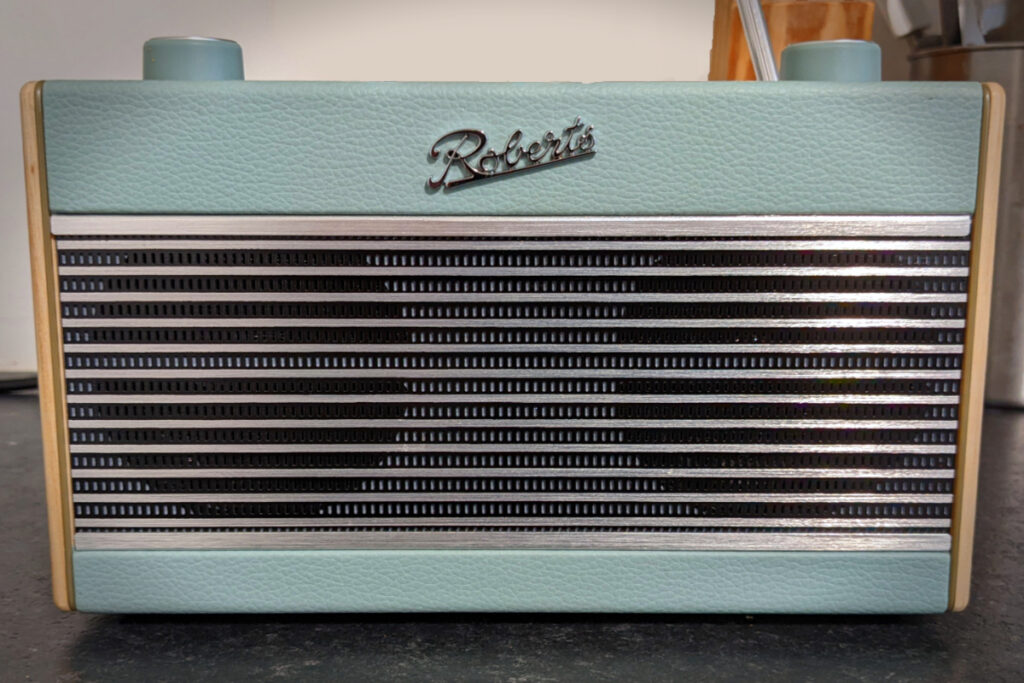Digital-only mixing has become near-universally accepted over the last few years. And mastering is not far behind.
Pay any kind of attention to the music tech press and you’ll come across stories of records being mastered solely with plugins. Sometimes even – gasp – on headphones.
I’ve done my share of In The Box (ITB) masters. Even a few on headphones. But I still maintain an analogue rig, which most mastering jobs pass through.
Here’s why analogue still matters in mastering.
1. Magic pixie dust
Plugins have come on leaps and bounds in the last few years, especially as they’ve moved from algorithmic emulation to full-scale circuit simulations.
But analogue still has the edge. For me, it’s the difference between a master you really like and a master you absolutely love. Audio you want to dive into and take a bath.
In mixing, the workflow advantages of digital outweigh that extra dab of sonic lust, but the same doesn’t hold in mastering; especially as it can compensate for sterile, digital mixes.
Rendering in real-time is a price worth paying for that gooey, fizzy, analogue magic.
2. The human touch
We’ve all got used to mixing with a mouse at this point. Even with the best controllers, at some point you have to concede to using your computer like a computer.
I can’t count the number of times I’ve sat there holding down Ctrl, pushing the mouse wheel ever so gently, to get that crucial difference between a compressor threshold of -13.4dB and -13.5dB. It kills the vibe.
With my actual in-the-rack API 2500, I just turn the knob until it sounds good. Without missing a head nod.
The thing with analogue gear is that you just reach out and grab it. You play it almost like an instrument. And you do a better job as a result.
3. Individuality
The thing with plugins, is that they all sound the same. Brainworx’s TMT technology is shaking things up, but we’re still essentially all using the same palette.
Each individual analogue unit sounds a little different to its brothers and sisters. It’s a small thing, I grant you, but it’s just another one of those extra special somethings that helps your record stand out.
And in mastering, there’s a lot of gear that hasn’t been emulated. As far as I’m aware, neither of my analogue EQs – the Gyraf XIV and DAV BG3 – have plugin counterparts. They’ve got a tone you just can’t get ITB.
4. Sign of serious intent
Perhaps the greatest thing about digital audio is how it’s massively lowered the barrier to entry, democratising music production in the process.
That’s also the worst thing about it. There are so many mixing and “mastering” houses out there that are basically just kids with Ozone.
Don’t get me wrong, you can do great things with Ozone – and it’s how I learned when I was a kid. But it’s an uncommitted level of investment.
An analogue rig isn’t just about the gear. It’s a sign of commitment to the craft.
5. Romance
Masses of sound engineers will point to all the practical advantages of digital. The people that do film mixes wouldn’t dream of using analogue at this point, it’s just not worth it. A lot of them are incredulous at the idea that engineers in music still bother. I don’t touch analogue for film work either.
But you know what? It’s just nice, isn’t it?
In a world obsessed with maximising productivity, life hacking your way to optimising every single second of your day, it’s just nice to know that your music has passed through some old-fashioned tubes and transformers. Slowly.
Call me an old softy, but I still get a thrill from watching the needles on my Manley Vari-Mu. And putting my hand on it to see how warm the tubes have gotten.
Bottom line? Yes, you can master in the box. Sometimes, it’s the most appropriate choice. But passing audio through beautifully crafted analogue circuits still has that extra special something.
And that’s what life is all about, isn’t it?


